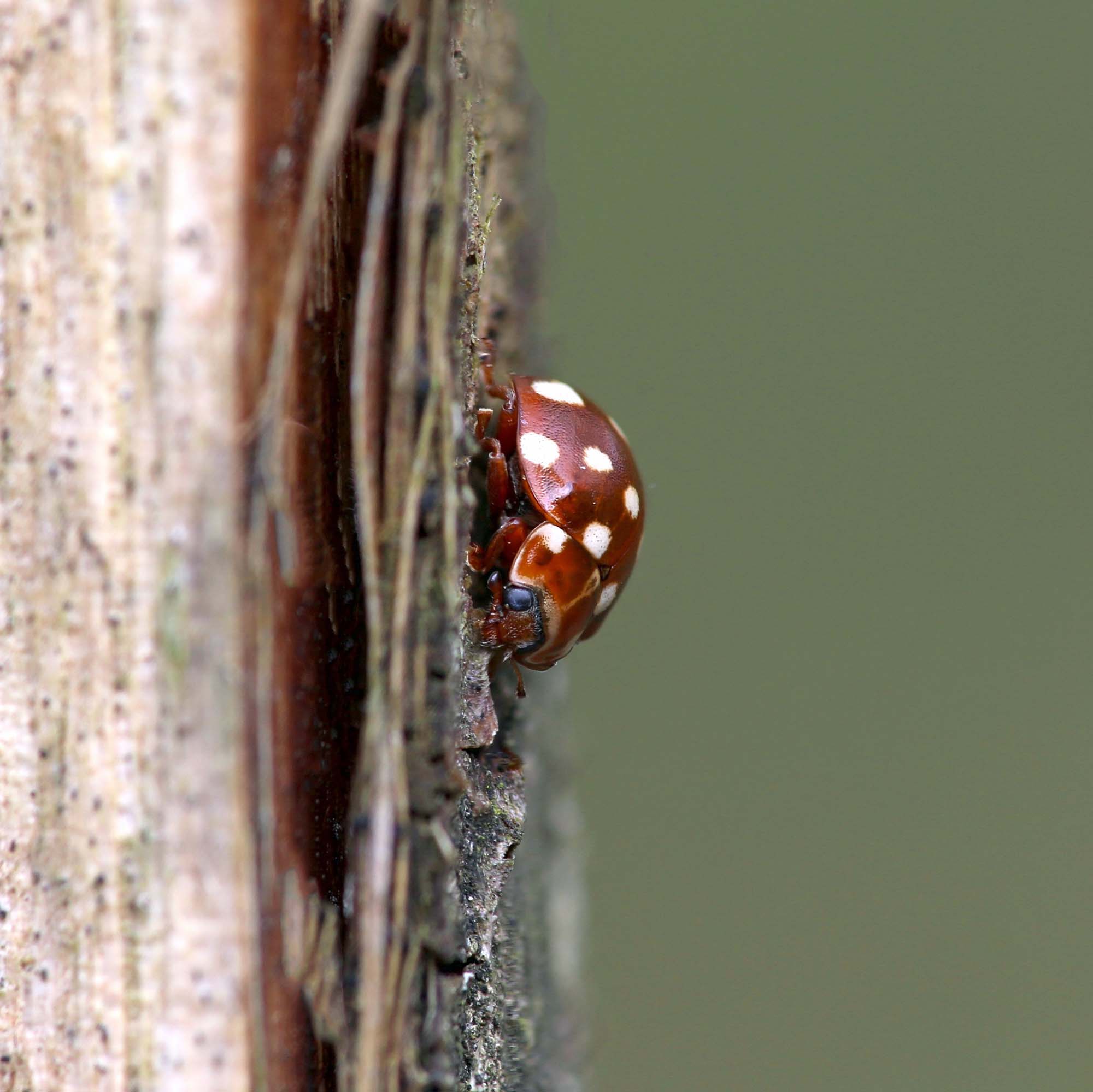Have you seen any ladybirds this spring?

Ladybirds (Coccinellidae) crawl inside garden sheds or under window shutters to hibernate sheltered in autumn. They reappear at the first sun. They are sweet and do not bite, so you can easily take them on your hand and study them. The yellowish secretions do smell foul (" reflex blood "), but you have to take that for granted for so much graceful beauty.
With their semi-spherical colourful shell and many dots (from 0 to 24), they are not only beautiful, but also useful creatures. Both larvae and adults eat aphids (as many as 80 aphids a day !!!) and keep pests away from your vegetable garden. In the 1990s, they thought they had found an ecological solution by introducing the multicolored Asian ladybird into organic agriculture.
A wrong choice according to Wouter Dekoninck, entomologist at the Institute of Natural Sciences: "At the time, the Asian ladybird was bred and introduced because they grow faster and the larvae are also just a bit more voracious than our native species.So it was thought to have found allies for all kinds of crops.But the species soon showed invasive behaviour, as they escaped from the greenhouses and appeared to just as quickly reproduce in all kinds of other vegetation.There they very quickly competed with the native 7-dotted ladybird almost completely."


The Asian ladybird is quite large (5 to 8 mm) and varies greatly in cover and colour pattern. Confusion with other species of ladybird is easily made and so it is best not to kill any. After all, in Belgium all native ladybirds are protected.
Besides the seven-spotted ladybird (Coccinella septempunctata), the two-spotted ladybird (Adalia bipunctata), the four-spotted ladybird (Propylea quatuordecimpunctata) andthe eyed ladybug (Anatis ocellata)are the most common species.
You can help all ladybirds, and especially the native species, by offering them a sheltered spot in your garden or allow them to come indoors to overwinter.


